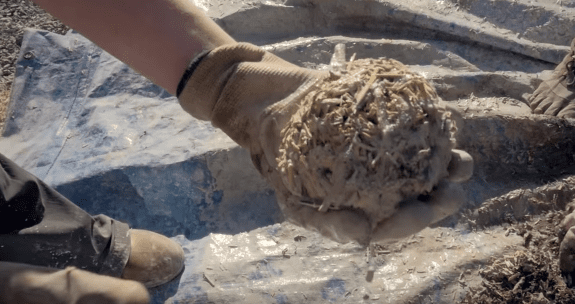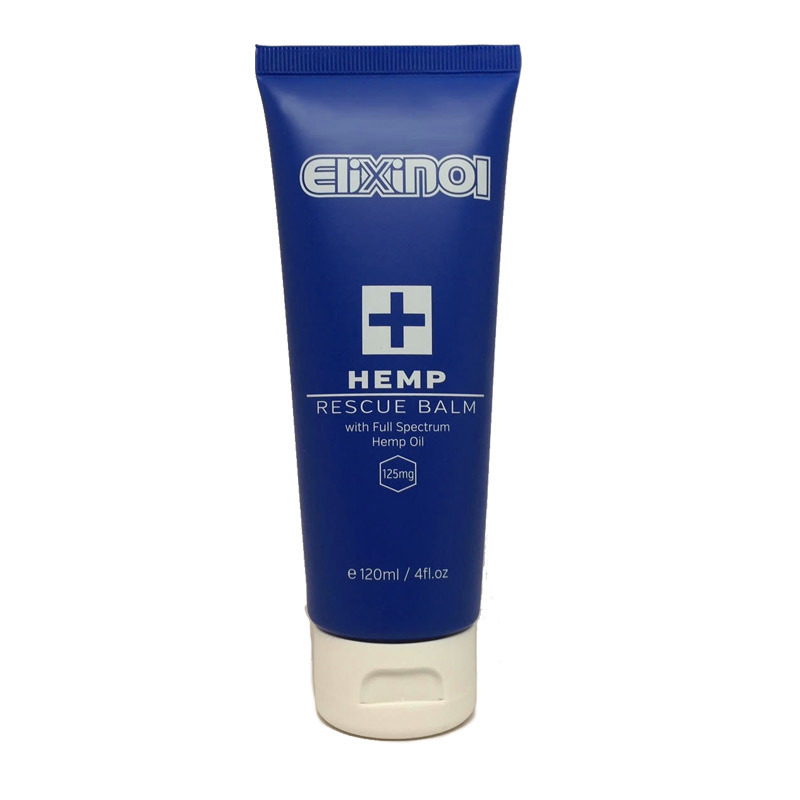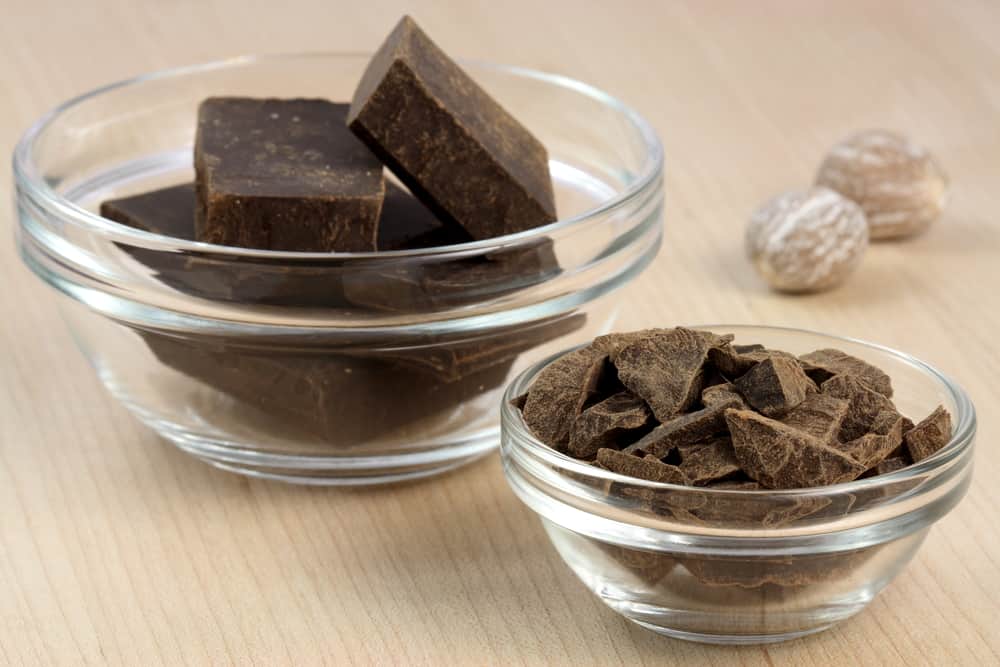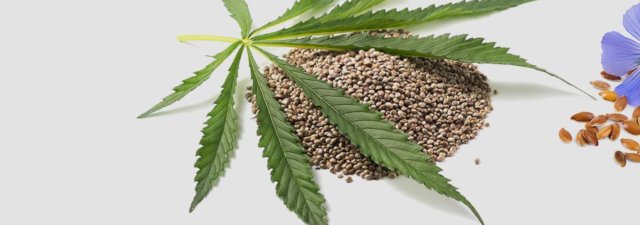Hemp is a species of cannabis sativa and a member of the Cannabaceae plant family. Industrial hemp is the term for the plants that are grown specifically for industrial use. The critical difference between industrial hemp and marijuana is that the former contains less than 0.3% THC, the psychoactive cannabinoid found in cannabis. Due to this shallow concentration of THC, you won’t get high from smoking industrial hemp. This fact also ensures that brands can sell CBD oil extracted from hemp.
The cultivation of hemp dates back as far as 2800 BC. Afterward, the practice of growing hemp spread to the Mediterranean countries during the Christian era and throughout the rest of Europe during the Middle Ages.
Hemp was first produced in Chile in South America in the 1500s and was first cultivated in North America during the 1600s.
While industrial hemp has thousands of uses and applications, it is predominantly cultivated for its oil and fibers. Hemp fibers are among the most durable natural fibers of all plants in the world. The strength and durability of hemp’s fibers are why they are used for cordage, i.e., ropes, twine, etc.
The Hemp Process
The fibers are extracted from the stalks of the hemp plant by several methods, including retting (soaking in water to soften it), drying, crushing, and a shaking process which separates the fibers from the woody portion of the plant.
Hemp oil obtained from hemp seed is used to make a variety of products, such as varnishes and paint as well as soap, to name just a few. Hemp seeds are also edible and are high in two essential fatty acids, namely Omega 3 and Omega 6. They are incredibly nutritious and are a great source of plant-based protein, and because of this, hemp seeds are widely regarded as a superfood.
According to the Congressional Research Service, there are a staggering 25,000 hemp-based products used internationally. The hemp product industry is worth almost $700 million a year in America. Keep reading to learn 20 amazing things you can do with this versatile plant apart from smoking it.
1 – Fuel
Theoretically at least, hemp could provide the world with an almost unlimited source of energy. It is probably the most environmentally-friendly and cost-efficient fuel crop on the planet, and it can produce biodiesel and ethanol/methanol. Studies have shown that farming just 6% of America’s hemp acreage would be enough to replace fossil fuels and nuclear power.
2 – Paper & Cardboard
At present, we use trees to create paper. The problem is, they take decades to grow. In contrast, hemp regenerates in a matter of months, and it makes high-quality paper. As it is acid-free, the paper won’t become brittle or yellow. While wood pulp paper can only be recycled three times, we can recycle hemp paper seven times.
An estimated 220 million pounds of toxic pollution is created annually during wood paper and pulp production. Since hemp paper doesn’t need chlorine bleaching, it is a lot safer. For the record, the original Declaration of Independence was written on hemp paper!
3 – Food
Hulled hemp seeds contain 31% protein and give you over 100% of your RDA for Vitamin B1, Magnesium, Phosphorus, and Manganese and healthy doses of iron and copper. Moreover, hemp also contains potassium, omega-3 and omega-6 fatty acids, and fiber. As hemp seeds don’t contain phytic acid, your body absorbs and uses practically all of the vitamins and minerals it gets from hemp.
4 – Plastic
Did you know that hemp plastic is strong enough to replace oil-based plastics filled with dangerous chemicals? Hemp plastics are also 100% biodegradable so you can throw them into your compost heap without a guilty conscience.
5 – Building Materials

Henry Ford once built a body for a car that was capable of withstanding ten times the impact of steel without denting, and it was also far lighter. You’ve guessed correctly; Ford used hemp! Today, hemp can be used to create building materials such as fiberboard, insulation, concrete, and cement blocks.
6 – Fabrics & Clothing
You can use hemp to make a fashion statement, and best of all, the material gets softer each time you wash it. As hemp requires little or no herbicides or pesticides to grow, it is safe on your skin. An acre of hemp will produce triple the amount of clothing as an acre of cotton, and it keeps you cold in warm climates and warm in cooler climates; it is capable of being up to four times warmer than cotton.
7 – Ink
Yes, you can even use hemp to write! Hemp oil is the ideal base for a non-toxic ink. It also dries faster and needs less processing than soy. Now you have this information; you realize it is possible to write on hemp using hemp!
8 – Carpet
Unfortunately, the synthetic materials used to create carpet is filled with debris, allergens, and toxic chemicals. In contrast, you can use hemp to reduce indoor pollution, and of course, it is entirely biodegradable.
9 – Skin Cream

Pharmaceutical skincare products potentially cause more harm than good in the long-term. However, hemp seed oil is filled with vitamins A, C, and E, and is also full of antioxidants, fatty acids, and amino acids. As you probably know, all of the above are essential components of healthy skin. Hemp oil can potentially reduce acne, clear pores, and it even has some anti-aging properties.
10 – Nail Polish
Once again, the chemicals in high brand nail polish products are potentially harmful. In contrast, hemp seed oil nail polish is capable of building and repairing your nails. Protein, fatty acids, and Vitamin E are essential to healthy nails, and hemp has all three in abundance.
11 – Milk
If you have dairy allergies, hemp enables you to enjoy milk without the side effects. You can create milk by soaking ground hemp seeds in water. The result is a creamy drink that tastes delicious and contains lots of vitamins, minerals, and protein. There are even chocolate and vanilla flavors available if you fancy a healthy treat.
12 – Diapers
According to the Union of Concerned Scientists, around 18 billion diapers are thrown into the landfill each year. Overall, diapers make up an incredible 2% of all waste in American landfills. Hemp-based diapers are durable, but not bulky, comfortable, and environmentally friendly.
13 – Bags
Aren’t you fed up with seeing plastic bags littering our streets? As well as being eco-friendly, hemp is extremely strong so bags made from hemp can survive severe wear and tear.
14 – Shampoo
Believe it or not, some expensive shampoos actually strip away your hair’s essential oils, making it weaker and more likely to break. Hemp oil contains a myriad of vitamins and nutrients for healthy hair. The high level of vitamin E in hemp also helps reduce hair loss by boosting blood flow through the stimulation of capillaries.
Advertisement
15 – Chocolate

You can even add hemp to chocolate to reduce the guilt you feel from indulging. It is also possible to make your own raw hemp chocolates at home. Use chocolate chips, a tiny amount of salt, and coconut oil for the coating and fill it with hemp hearts, dates, maple syrup, vanilla bean, and coconut oil for a delightful treat.
16 – Shoes
The strong and durable fibers of hemp make it perfect for shoes. As well as being lightweight and breathable, hemp shoes are animal-friendly. You will be amazed at how comfortable your feet feel even in warm temperatures.
17 – Paint
Volatile Organic Compounds (VOCs) are solvents released into the air when the paint dries. They are exceedingly bad for the environment, and while there are new restrictions on these compounds, paint is still laden with them. If you choose hemp-oil based paint, you don’t have to worry about harming the environment or breathing in toxic fumes. You will be surprised at how effective hemp seed oil is in paint. It dries quickly, which makes it perfect for varnishing and also results in a durable and reliable finish.
18 – Animal Food
Why should humans get all the nutritious and healthy stuff? Hemp-based meals are ideal for livestock as they receive globular proteins that are easy to digest. In contrast, corn, the usual food for cows, is almost impossible to digest without antibiotics.
19 – Flour

We should point out that hemp is too dense to be used as baking flour. However, you can use it in concert with other flours in a 1:4 ratio to give your concoction a healthy boost. The hemp seeds used in hemp flour contain fiber, omega fatty acids, and much more. Hemp flour is also great for people with an intolerance to gluten or those with celiac disease.
20 – Jeans
A good pair of jeans should be stylish, comfortable, and durable. Hemp ticks all these boxes – and remember, it gets softer with every wash. As a result, hemp is a perfect material for jeans, and it is water and odor resistant.
Final Thoughts on Hemp’s Versatility
It is difficult to think of any other naturally grown, or artificial, substance with as many uses as hemp. You can eat and wear hemp, build with it, protect your hair, nails, and skin, and paint your house.
Hemp can be used in diapers, shoes, milk, carpets, and ink.
By the way, we should warn you that hemp oil oxidizes and becomes rancid quickly if it isn’t stored correctly. We recommend storing it in a dark, airtight container, and its longevity is increased if stored in a fridge.

![CBD Oil for Horses [The Complete Guide]](https://wayofleaf.com/wp-content/uploads/2020/06/wol_cbd-oil-for-horses-the-complete-guide-640x225.jpg)
![Which Country Consumes the MOST Weed Per Capita? [Answered]](https://wayofleaf.com/wp-content/uploads/2019/08/wol-banner-which-country-consumes-the-most-weed-per-capita-640x225.jpg)





![How to Make THC Oil for E-Cigs? [Explained]](https://wayofleaf.com/wp-content/uploads/2019/06/wol_1920x450-6-640x225.jpg)
![How Many Different Types of Cannabis Are There? [Answered]](https://wayofleaf.com/wp-content/uploads/2019/05/mj_different-kinds-of-marijuana-640x225.jpg)


